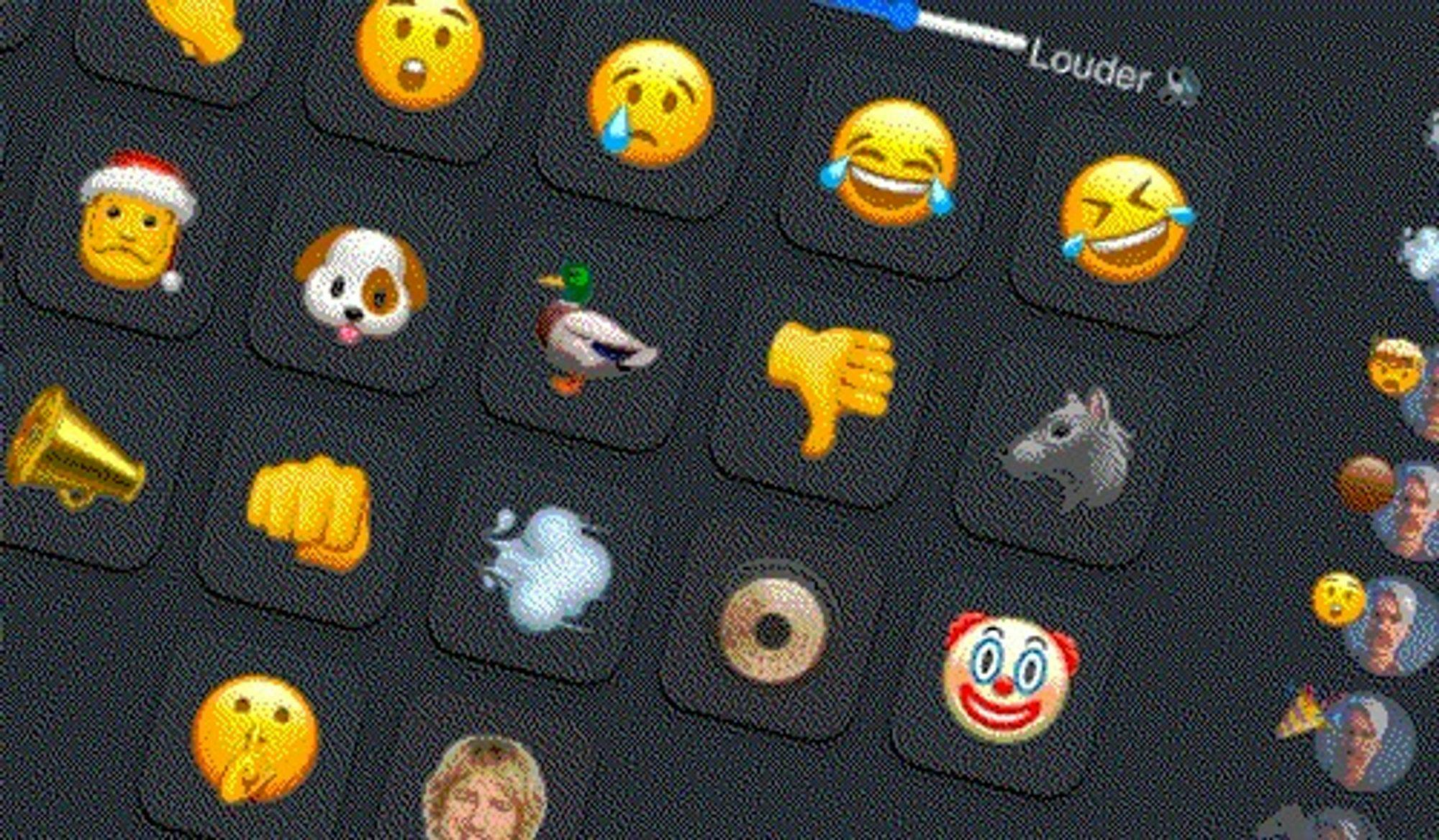Saxon and I made a web-based soundboard where anyone can trigger sounds and everyone hears them. We piped it into our company meetings. Chaos ensued.
Imagine a company meeting where the host forces everyone to remain entirely silent, even if whatever being shared is exciting, funny, confusing, boring or downright offensive. Welcome to most company meetings delivered online! I’m on a mission to improve culture of online meetings.
Online meetings miss out on all the banter
The Internet is a big place and the remote work revolution — cough, covid — created an explosion of investment in online communication. I want my teams to engage and collaborate so I’m constantly trying new things, searching for different tools and techniques and occasionally coming up with ideas that somehow I don’t see anyone else already doing.
A big limitation with online town halls and other sessions with many remote attendees is the audio bandwidth. This is a serious technical problem where tools like Zoom have to be selective about which noises to send and you effectively cannot hear more than one source at a time. One sound source cuts off another, rather than complementing it, limiting how free-flowing a conversation can be and neutralising audience participation.
Silent Reacts are lame
Zoom currently gives you visual reacts as a workaround. This isn’t good enough! I don’t fully understand the technicalities of audio bandwidth but I know that apps on my computer are capable of making noises without cancelling the sound from a presenter in an online meeting. I set out to build something simple.
The Hector Salamanca prototype
I knocked up a really half-baked Google Sheet that had a single button (actually just an image of a button) that was rigged up to a Google Apps Script when clicked. The idea was this:
- Everyone in the meeting opens the sheet on their computer (and grants it permissions)
- Anyone in the meeting can click a sound button at any time
- When the button is clicked, a row is added to log who clicked what
- The script notices the new row and plays the sound to each person with the sheet open
The sound I chose was a bell “ding”, just like what Don Hector used to communicate in Breaking Bad. I demo’d it to my team by sharing a link to the sheet during a hybrid remote/co-located meeting and within moments we could hear dings and got reports from online attendees about sending and receiving dings. A horrible success!
Saxon is triggered
The beauty of a disgusting prototype like this is that it can win over self-respecting devs who immediately want to rebuild it as something they are comfortable being associated with. Saxon is particularly triggered by Google Sheets being appropriated for tasks that a custom app could handle better. An evening or two later and Saxon’s v1 of “The Sound Room” was born.
sound-room-client
SaxJ • Updated Jan 31, 2023
Farting on the CFO
This first cut was a dramatic improvement on the prototype in that it had a bunch of fun sounds and didn’t require any Google Docs permissions shenanigans. However, after promoting The Sound Room’s freshly minted URL during our next online town hall meeting, we realised how powerfully derailing an anonymous, universal, unrestricted sound effects system can be on a session.
Having the CFO explain a monthly revenue drop whilst barraged with all manners of boos, heckles and even fart sounds gave us a great lesson in accountability. People need to know where the sounds are coming from. We’d created the sonic equivalent of 4chan.
Auditors aren’t always killjoys
A v2 overhaul from Saxon introduced Google SSO on top of a more robust client. I contributed some aesthetic tweaks and we unleashed The Sound Room on colleagues once again.
Swanky buttons
Updated Feb 27, 2023
This time it was a resounding success! People were willing and able to contribute concurrent sounds to the session, which created an entertaining and engaging atmosphere. Having a visual chronology of who triggered what sound brought self-regulation that maintained a level of order.
Taking the Room to the masses
Saxon is quoted referring to The Sound Room as “probably the dumbest project I have done”. I think it’s a lot of fun and something that organisations would subscribe to. It’s a matter of time before video conferencing apps catch up on this idea and offer competing variations. In any case I’ll still have this story to enjoy.
